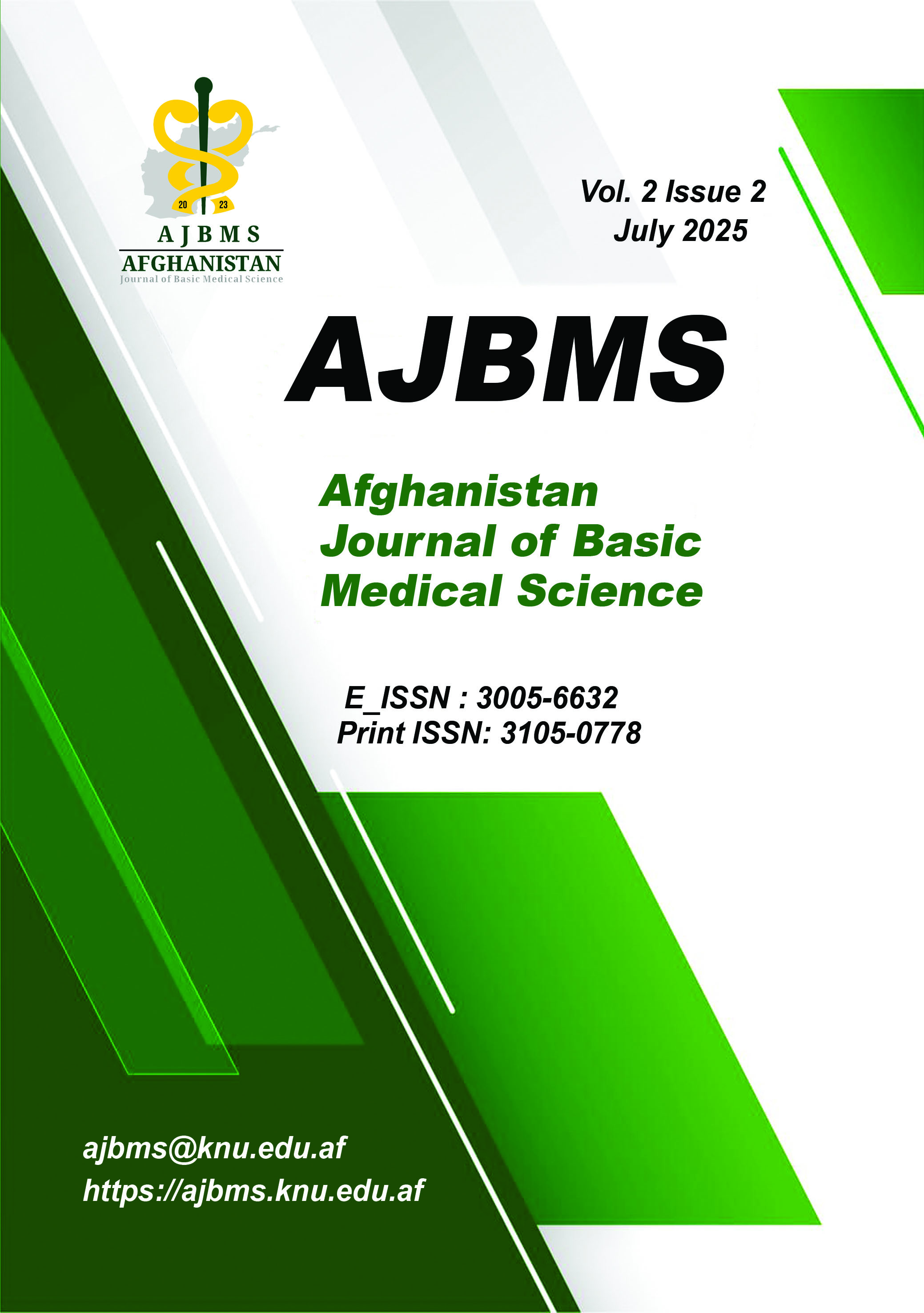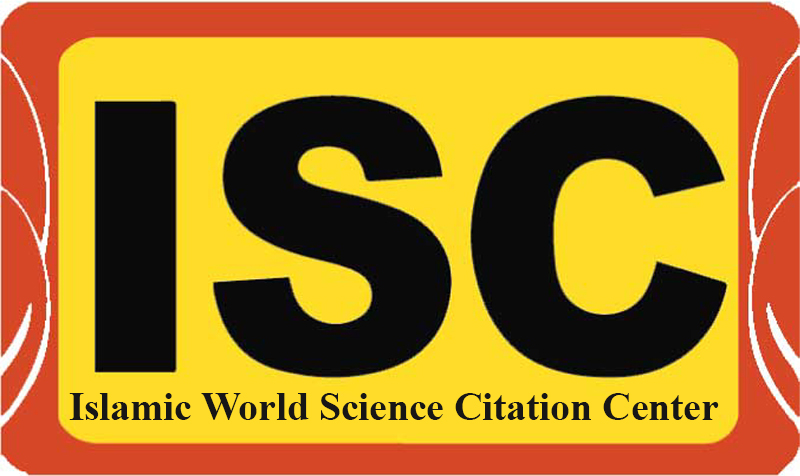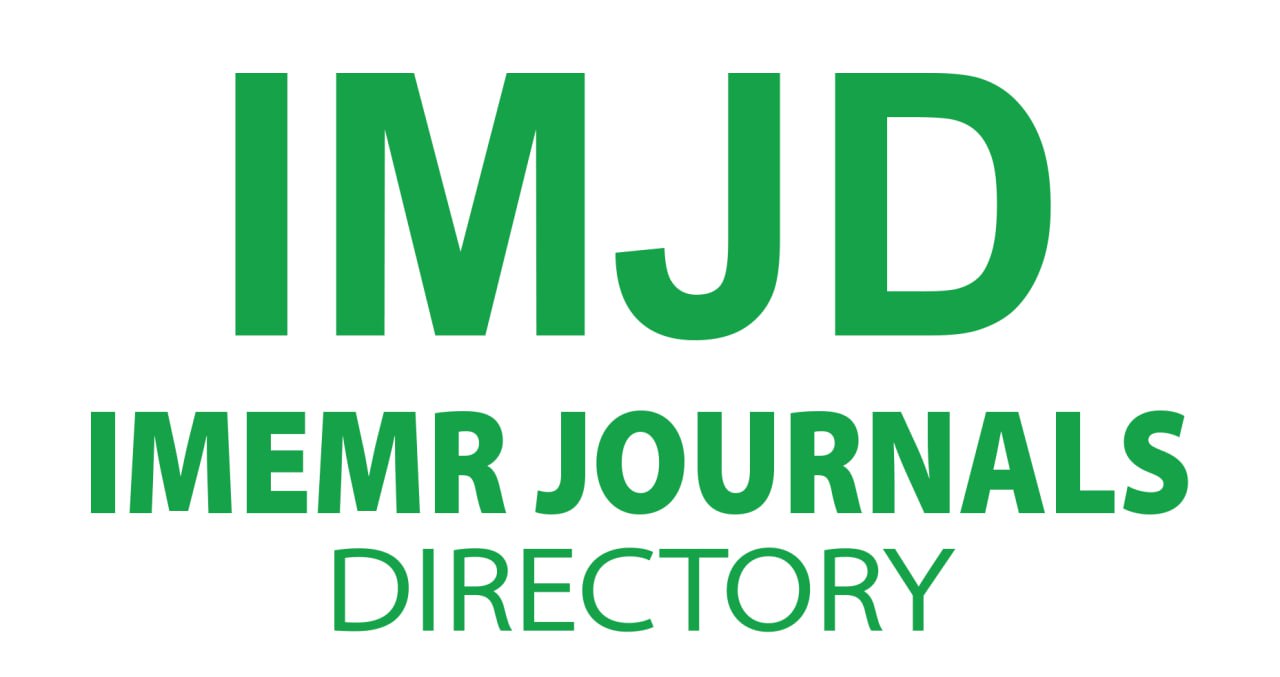Association Between Level Anti-Tissue Transglutaminase Antibody Titers and Duodenal Histopathology among Patients with Celiac Disease
DOI:
https://doi.org/10.62134/khatamuni.74Abstract
Abstract
Background & objective: Celiac disease (CD) is a chronic autoimmune disorder triggered by gluten, diagnosed primarily through serological tests measuring anti-tissue transglutaminase antibodies (anti-tTG) alongside duodenal biopsy. Recent studies show a strong correlation between high anti-tTG levels and severe histopathological changes, suggesting that in certain cases, invasive biopsies may not be necessary. This study aims to explore the relationship between anti-tTG levels and duodenal biopsy findings to improve diagnostic accuracy and management strategies for CD patients.
Method: This study is a retrospective analysis investigating the relationship between anti-tissue transglutaminase antibody levels (IgA-tTG and IgG-tTG) and duodenal histopathology in celiac disease patients. Ethical approval was obtained before data collection, which focused on patients from Qom province who underwent intestinal biopsies for suspected celiac disease between 2016 and 2023. Inclusion criteria included clinical suspicion of celiac disease and available serological tests, while patients with other gastrointestinal disorders were excluded. Data were collected using a custom checklist, encompassing demographic and clinical information. The sample size was based on eligible patients identified from medical records, and statistical analyses were performed using SPSS software to explore the correlations between antibody titers and histopathological findings.
Result: This study analyzed 319 small intestine biopsy results from patients suspected of having celiac disease, with 226 diagnosed cases. Among them, 223 showed pathological findings consistent with the disease. The mean age of the patients was 31.8 years, with 44.2% male and 55.8% female. The frequency of Marsh classification types revealed increasing levels of anti-tissue transglutaminase antibodies (IgA and IgG) corresponding to the severity of biopsies, with mean IgA levels rising from 81 in Marsh I to 211.5 in Marsh IIIC and mean IgG levels rising from 30.3 in Marsh I to 113.5 in Marsh IIIC. Both antibody types showed statistically significant correlations with biopsy severity (P < 0.05).
Conclusion: This study examined the relationship between anti-tissue transglutaminase (TTG) antibody levels and duodenal pathology in celiac disease patients, finding a significant correlation between higher antibody levels and greater tissue damage per the Marsh classification. These results align with previous research, highlighting the predictive value of TTG antibodies in diagnosing celiac disease severity. The findings underscore the importance of serological testing as an initial step in identifying suspected cases, aiding in decisions about the necessity of biopsy and the assessment of patient conditions.
Keywords : Celiac Disease , Serology , Duodenal Histopathology , Biopsy
Downloads
Published
How to Cite
Issue
Section
Categories
License
Copyright (c) 2025 Afghanistan Journal of Basic Medical Science

This work is licensed under a Creative Commons Attribution 4.0 International License.









